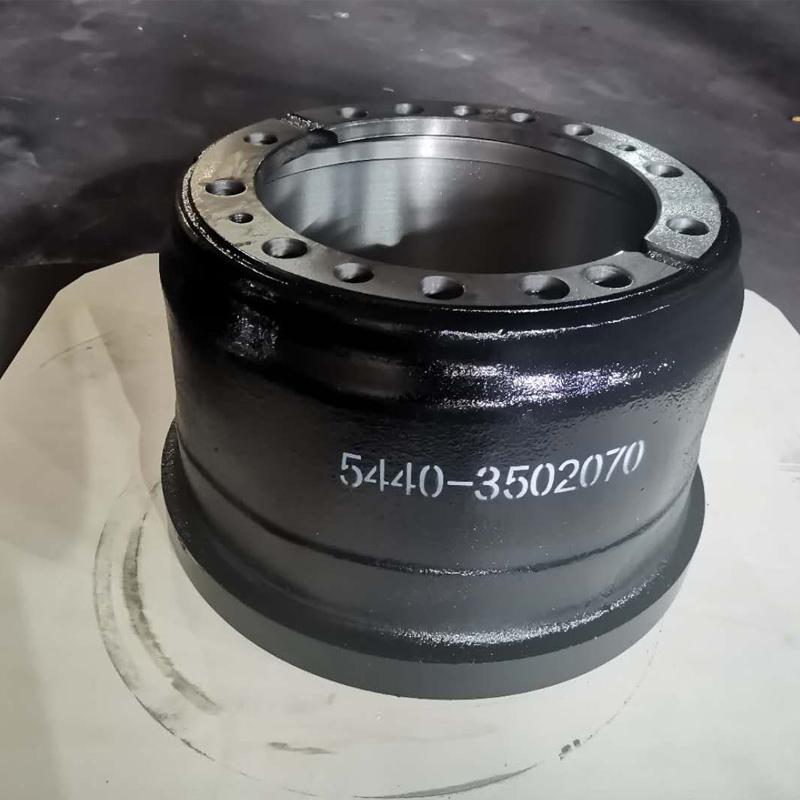Dec . 04, 2024 00:26 Back to list
Understanding Various Sizes of Trailer Brake Drums and Their Importance
Understanding Trailer Brake Drum Sizes A Comprehensive Guide
When it comes to trailer safety and performance, one crucial component that often gets overlooked is the brake drum. Brake drums play a vital role in the braking system of a trailer, helping to ensure that the vehicle can stop effectively, especially under heavy loads. Understanding trailer brake drum sizes is essential for selecting the right components for your trailer, enhancing safety, and optimizing performance.
What is a Brake Drum?
A brake drum is a cylindrical part that houses the braking mechanism of a trailer. It is connected to the wheel and serves as a surface against which brake shoes press to create the necessary friction for stopping the vehicle. The size of the brake drum is critical because it affects the overall braking efficiency, heat dissipation, and the ability to handle load capacities.
Importance of Brake Drum Size
The size of a brake drum is typically defined by its diameter and width. Common sizes for trailer brake drums include 10”, 12”, 14”, and 16” diameters, but variations can exist depending on the trailer type and its specific axle configuration. The width can vary as well, with typical widths being around 2” to 3”.
Choosing the correct size is crucial for several reasons
1. Braking Performance A larger brake drum can provide better stopping power by increasing the surface area available for the friction material to act upon. This is especially important for trailers carrying heavy loads, as excessive weight can lead to longer stopping distances if the brakes are not adequately sized.
2. Heat Dissipation Brake drums generate heat during operation. A drum that is too small may not dissipate heat effectively, leading to brake fade—a condition that can significantly impair stopping capabilities and lead to brake failure.
trailer brake drum sizes

3. Load Capacity Each trailer is designed to carry a specific load capacity. The brake drum size contributes directly to this capacity. Ensuring that the drum is the appropriate size for the trailer’s weight rating is essential to maintain safety standards and comply with regulations.
Factors to Consider When Selecting Brake Drum Sizes
1. Trailer Type Whether it is a utility trailer, boat trailer, or something more specialized, the type of trailer will determine the required brake drum size based on the intended load and usage.
2. Axle Configuration The number of axles and their configuration will influence the size and type of brake drums used. For instance, dual-axle trailers will often require larger or additional drum sizes for optimal performance.
3. Weight Rating Consult the axle’s weight rating and the overall weight of the trailer. Make sure to choose brake drums that fit within these limits to ensure safety and compliance.
4. Brake Types Disc brakes and drum brakes operate differently. If considering a switch from drum to disc brakes or vice versa, understanding the size implications is crucial.
Conclusion
Selecting the right trailer brake drum size is fundamental to ensuring safe and efficient braking performance. By taking into account the type of trailer, the load it is designed to carry, and the axle configuration, owners can make informed decisions that enhance their trailer’s reliability and safety. Always consult with a professional or reference the trailer’s specifications when in doubt, as improper sizing can have serious consequences on performance and safety. Prioritizing the correct brake drum size ultimately contributes to a safer towing experience and prolongs the life of the trailer’s braking components.
-
HINO Industrial Solutions - ¡Ң���ຽ��е��������˾ | Advanced Technology&Reliability
NewsJul.13,2025
-
HINO Industrial Efficiency-Jiangsu Hino Industrial|Productivity Optimization&Cost Reduction
NewsJul.12,2025
-
HINO-¡Ң���ຽ��е��������˾|Advanced Industrial Solutions&Energy Efficiency
NewsJul.12,2025
-
Premium Brake Drum Iveco – Durable Drum Brake Drum & Brake Shoe Solutions
NewsJul.08,2025
-
High-Performance Brake Drum Liza for Enhanced Safety Reliable Drum Brake Drum & Brake Shoe Solutions
NewsJul.08,2025
-
High-Quality Brake Drum MAZ – Durable Drum Brake Drum & Brake Drum and Brake Shoe for Optimal Performance
NewsJul.07,2025
